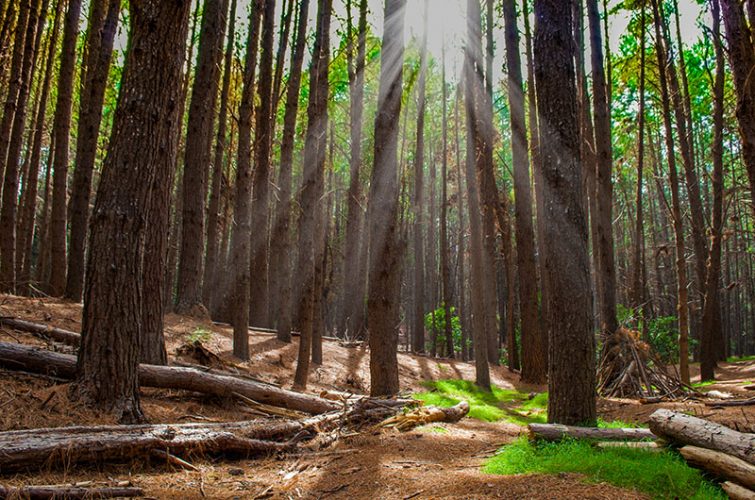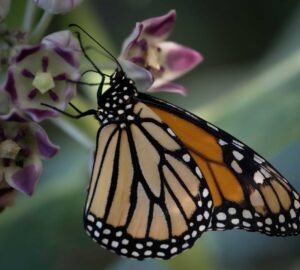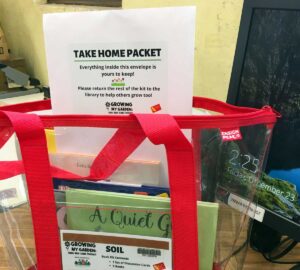
With the recent pandemic, there has been a huge surge in the interest of nature-based learning, primarily because it happens outside. However, learning with nature is nothing new. Children have an innate connection to the natural world. Historically, humans lived as hunter-gatherers and this connection was vital to survival—it still is!
Research shows that being in nature contributes to overall mental health and well-being; physical development; accurate risk-assessment; not to mention improved behavior. As Erin Kenny, nature-based pioneer, once said “Children can’t bounce off the walls if you take the walls away.” There is a deep, spiritual calm that is felt when spending time in nature. If you have ever stared in awe at a sunset or marveled at a wave barreling to the shore, you get it. Children experience this too, though they are often drawn to smaller wonders—a snail trail glistening in the sun or a humble roly-poly hiding beneath a leaf.
Our natural environment is rich with materials that promote learning in all areas of development and the beauty is, those materials are adaptable to the age of your child. Let’s take going for a walk in the forest and using math as an example. With a toddler, you might count the sticks that they collect. With a preschooler, you might gather sticks and compare their lengths. With a kindergartener, you might each collect sticks and try to figure out how many you have altogether and then see how you could divide them equally. Older children might estimate how many sticks it would take them to build a fort…don’t forget to give them time to build that fort!
As parents and caregivers, we can give children opportunities to connect to nature and make those opportunities part of our routine. Children need repeated experiences to form a connection to a space. Try a certain beach, a local park that has wild space, Makawao Forest, or Maui Nui Botanical Gardens. Uninterrupted time is needed to meander and explore. After an initial visit, go back armed with some simple materials. A collection bag, a bug receptacle, a clipboard. When children become more familiar with the space, create an age appropriate scavenger hunt. Visit often and observe how the space changes over time. As the grown-up, you are the model. Be curious. Wonder aloud. Show children your own enjoyment and experience the awe of nature with them.
Gemma Nicholl Medina is a UH Maui College, Early Childhood Education Instructor
Resources: Nature-Based Learning for Young Children by Julie Powers & Sheila Williams Ridge (Julie Powers is Professor of Early Childhood at UH Maui College)



